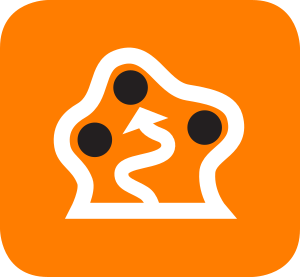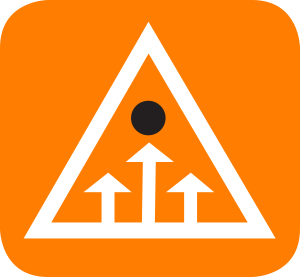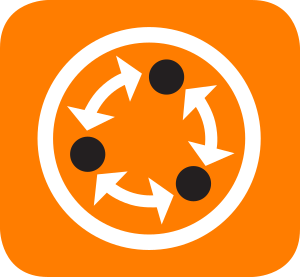Decision Dynamics Decision Style Model™
Decision styles are learned habits of thinking. Like our styles of writing, talking, dressing, or playing games, we learn to make decisions in school, at work, in leisure time activities, and from following the examples of others. Because of diverse backgrounds and experiences, people learn varied styles of decision making. Each style has its strong and weak points. So, a particular style of decision making is “good” or “bad” only insofar as it either fits or fail to fit the demands of a situation.
The Decision Style Model has two basic parts that together show how people may differ from one another in regards to managing decisions. One part deals with the amount of information a person typically uses in problem solving and decision making. The other part deals with focus whether a person typically zooms in one course of action, or generates a variety of alternatives and options. By combining the two modes of information use and the two focus modes, we can identify several fundamentally different decision styles. Experience indicates an individual will use one or two of these styles more frequently than the others. However, they probably will use the others also on occasion, even if only very rarely.

Decisive
Decisive Style – focused and action oriented. The Decisive style is a fast-moving style that places great emphasis on efficiency and practicality. People who use this style frequently, are generally viewed as quick-thinking, productive, and reliable. When in Decisive mode, people generally want to make decisions, put them into action and then move on to other issues. Once decisions are made they are not changed easily.

Flexible
Flexible Style – open and action oriented. The Flexible style is another fast-moving, action-oriented style. But, unlike the Decisive style, the Flexible style is geared to adapting rapidly to change. People who use this style frequently, are generally viewed as fast, agreeable, and highly responsive. When in Flexible mode, people generally make fast decisions that they will quickly modify or change if situations change. They are seldom at a loss for ideas,and tend to be intuitive and innovative.

Hierarchic
Hierarchic Style – focused and analytic. The Hierarchic style is a logical and methodical style that puts energy into thinking things through carefully. People who frequently use the Hierarchic style, usually place a great deal of importance on quality and on doing things in the best way possible. Once high quality decisions are made, they are seldom abandoned unless obviously superior alternatives present themselves.

Integrative
Integrative Style – open and analytic. The Integrative style is another highly analytic style. However, compared to the Hierarchic style, the Integrative style is much more exploratory and attracted to new and unusual ideas and possibilities. People who often use the Integrative style tend to be drawn to groups and teams because of the diversity of information and ideas that are available. When decisions are made they often involve doing several things simultaneously. Moreover, decisions are modified or adapted to meet changing conditions.
Being able to diagnose others’ decision styles and knowing how to adjust to each style can aid in selecting people for particular jobs, designing decisionmaking procedures and making presentations. Knowledge of the strengths and weaknesses of each style helps the manager make appropriate task and team assignments. Sizing up the style demands of a job enables a manager to pinpoint developmental actions that can prepare people for new responsibilities.
Individual Profiles – Decision Styles
- StyleView™ Decision Style Report: communication and decision-making
- StyleView™ Developmental Report: defined competence need
Individual Profiles – Emotional Behaviors
- StyleView™ Emotional Behaviors: leadership and co-operation
Individual Profiles – Complexity Motives
- StyleView™ Complexity Motives Report: motivation thieves and development potential in job tasks
The individual profiles are used with staffing, feedforward sessions, career counselling, and coaching at all levels in the organization as well as in leadership training. Also, for competence planning, succession planning and talent management.
Group- and organization profiles
- StyleView™ Grupp: group communication, decision making and co-operation
- StyleView™ Culture: communication culture
The Group- and organization profiles are used with business planning, organizational development and strategic succession planning
